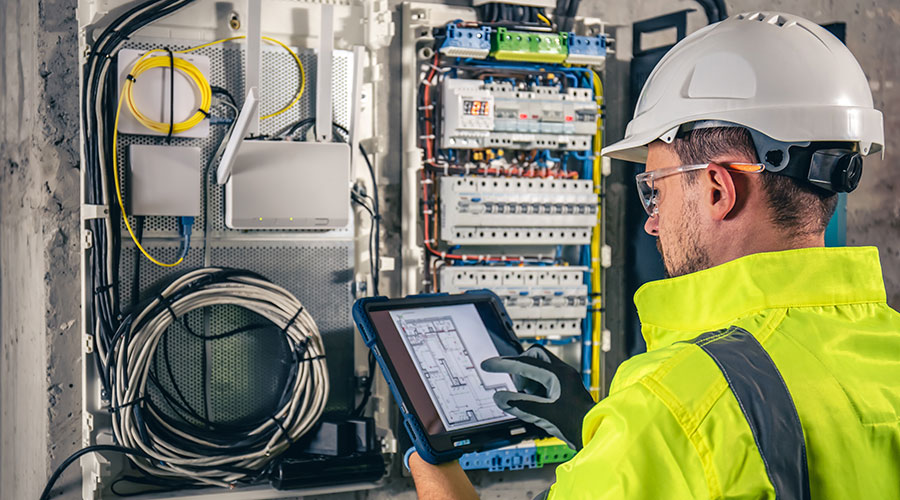CMMS: Use Software to Manage Energy Use
These days, the phrase going green has become the calling card for many institutional and commercial facilities seeking to improve the environmental responsibility of their operations. But the move toward green operations has become more than just a passing fad. Going green also is a key component in effective maintenance and engineering management.
One critical factor on the path to sustainability is maximizing the many benefits of a computerized maintenance management system (CMMS). When fully utilized, a CMMS can help guide departments toward the path to greater energy efficiency and sustainability.
Energy Matters
In many maintenance and engineering departments, energy is the highest single expenditure after personnel costs. As with employees, it is critical for maintenance and engineering managers to track and manage energy use effectively to remain efficient and operate cost effectively. CMMS plays an important role in these efforts.
Without proper maintenance, even the most efficiently designed buildings will not achieve desired energy goals. As mechanical systems heat and cool a building, problems inevitably occur. Sensors and meters drift out of calibration, for example, and system performance degrades. If maintenance technicians do not monitor and maintain these systems properly, they begin to use more energy, resulting in an unnecessary increase in utility costs.
Tracking proper equipment maintenance with a CMMS helps departments optimize energy performance, which, in turn, provides data on that performance. Managers need this type of data to make smart decisions on maintenance and engineering priorities and activities. The link is evident: maintenance and energy efficiency, as well as sustainable operations, go hand in hand.
Consider HVAC systems, which typically account for 40-60 percent of a building's energy use. Improperly maintained HVAC equipment will operate less efficiently, increasing the energy output and costs required to operate those pieces of equipment. Managers can use the CMMS to maximize workflow efficiency by organizing and scheduling needed inspections, preventive maintenance (PM), and work orders related to HVAC components. They also can use the maintenance history for a specific piece of equipment to identify problems and take corrective actions.
By using a CMMS to improve energy efficiency and achieve sustainability goals, managers can move beyond some traditional methods designed to curtail energy use. For example, a building's energy-performance measurements typically have been limited to reviewing data on utility bills.
But using energy bills for decision-making is a reactive process. The bills provide one historical energy-consumption data point for an entire building or multiple buildings. Because of this limitation, it is difficult for managers to determine sources of energy waste. In the case of a facility with inefficient operations, the utility bill essentially provides a summary of those inefficiencies. By using a CMMS, managers and technicians can proactively halt energy waste before seeing the negative impact reflected on a bill.
A building-automation system (BAS) is the heart of a building's mechanical system, and it can complement the strengths of a CMMS. A BAS can turn systems and components on and off automatically, help cycle equipment at different speeds, manage operations and performance data, and deliver comfortable conditions within buildings. The BAS also can collect and report energy-performance data and trends.
Related Topics:














